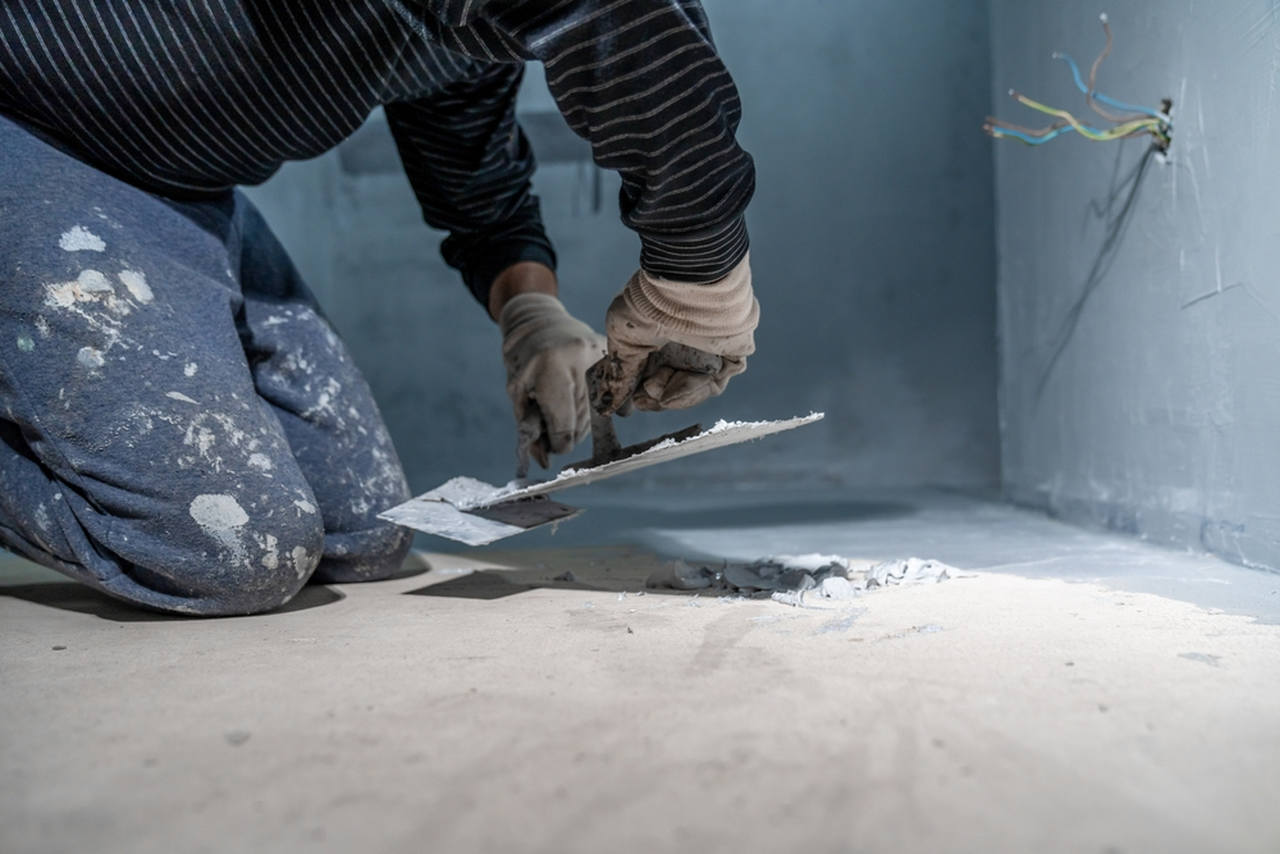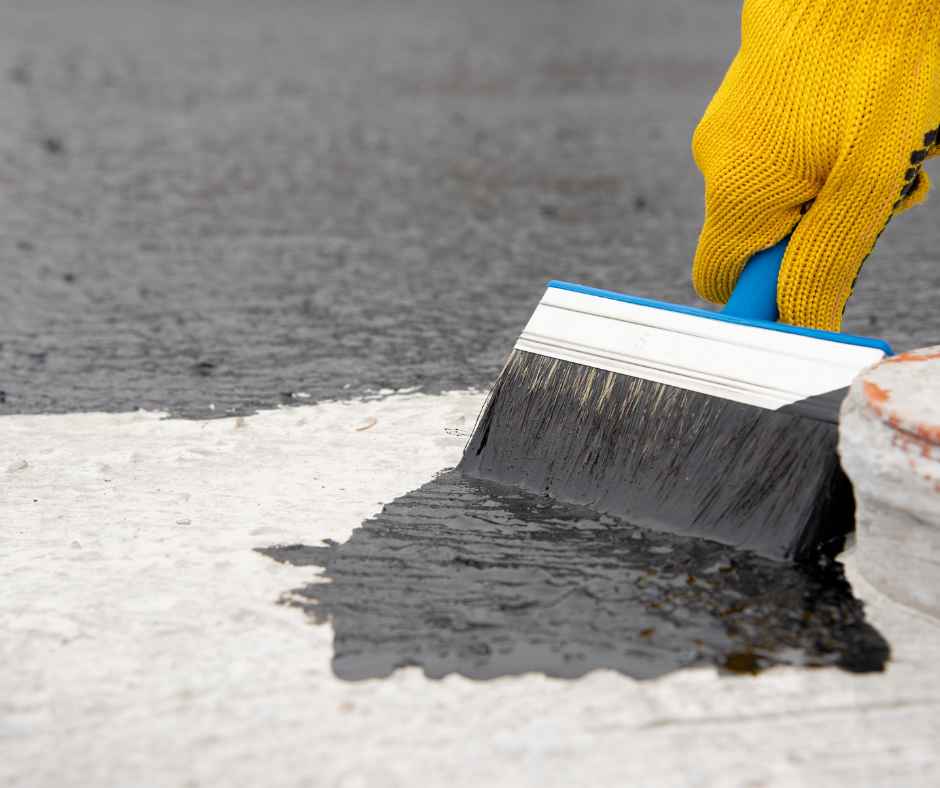Water Solutions That Last: Omaha’s Most Effective Systems
Wiki Article
Kinds of Waterproofing: Exploring the Numerous Approaches and Their Applications
Waterproofing is a vital facet of building and maintenance. It secures frameworks from the damaging results of water damage. There are several techniques available, each with its one-of-a-kind applications and benefits. From membrane systems to cementitious options, comprehending these options is necessary for effective application. The selection of waterproofing method can considerably affect sturdiness and longevity. Exploring these different strategies discloses their distinct advantages and prospective challenges, motivating further consideration of excellent services.Membrane Waterproofing Equipments
Membrane waterproofing systems work as a critical barrier versus water invasion in various structures. These systems generally contain thin sheets made from materials like rubber, thermoplastic, or bitumen, which are related to surfaces to protect against dampness infiltration. They can be mounted over or listed below quality and are especially efficient in areas prone to high water exposure, such as basements, roofs, and foundations.The installation process entails cleaning up the substrate, using adhesives or guides, and specifically fitting the membrane layer to ensure complete insurance coverage. Membrane systems can be either fully adhered, mechanically attached, or laid loose, relying on the particular needs of the task. They provide resilience and versatility, accommodating architectural movements without endangering their waterproofing abilities. Additionally, these systems can be strengthened with additional layers for boosted defense. Eventually, membrane waterproofing systems are essential for safeguarding frameworks versus water damages and preserving lasting stability.Liquid-Applied Waterproofing Coatings
Liquid-applied waterproofing coverings give a flexible service for protecting surface areas from water infiltration - Sump pump discharge drainage Omaha. These finishings contain liquid products that, when applied, develop a seamless, versatile membrane. Their versatility permits application on different substrates, including concrete, metal, and wood. The finishes can be made use of in diverse settings, from residential to commercial settings, making them suitable for roofs, foundations, and below-grade structures.One considerable benefit of liquid-applied coverings is their capability to conform to irregular forms and permeate fractures, producing a robust obstacle against moisture. They commonly display excellent bond residential properties and resistance to UV radiation, guaranteeing long life and toughness. Additionally, the application procedure is typically straightforward, permitting quick installment and lowered labor costs. This method additionally lessens the threat of water pooling, as the continuous layer properly routes water far from at risk areas. Overall, liquid-applied waterproofing coverings are an efficient choice for detailed water securityCementitious Waterproofing Solutions

Cementitious waterproofing solutions provide a durable alternative for structures needing reliable wetness defense. These systems mainly make use of a blend of cement, sand, and chemical additives to develop a waterproof barrier. They are typically applied to surface areas such as concrete walls, structures, and floorings, supplying a sturdy, lasting protection versus water intrusion.One of the crucial advantages of cementitious waterproofing is its convenience of application; it can be used making use of a brush, roller, or spray, making it suitable for various project sizes. Additionally, this method best exterior foundation waterproofing systems is compatible with several surface areas and can often be made use of combined with various other waterproofing techniques.Cementitious remedies are especially effective in settings where water exposure is a problem, such as cellars or below-grade frameworks. Their excellent bond buildings guarantee that they bond well with substratums, providing a strong and impenetrable layer against dampness infiltration.
Bentonite Waterproofing
Bentonite waterproofing is a highly reliable approach that makes use of sodium bentonite clay to develop a natural barrier against water. This technique exploits the special residential properties of bentonite, which expands upon contact with water, securing any possible leakages and avoiding moisture seepage. It is typically made use of in different applications, including foundation walls, tunnels, and retaining walls, where water resistance is essential.Bentonite can be used in several kinds, such as panels or blankets, offering adaptability in setup. Its capability to self-seal makes it an appealing choice for areas subject to changing dirt or changing water levels. In addition, bentonite waterproofing is eco-friendly, as it is a natural material that does not introduce dangerous chemicals into the environments.Drain and Outside Waterproofing Solutions
Reliable waterproofing commonly entails a mix of techniques, consisting of drain and external systems. Drain systems, such as French drains pipes and sump pumps, are designed to reroute water far from frameworks, lowering hydrostatic stress versus structures. These systems are necessary in avoiding water buildup that can result in structural damage and mold growth.External waterproofing, on the various other hand, includes applying safety barriers to the structure's outside. Methods such as the setup of water-proof membrane layers, finishings, or sealants can help stop water seepage. This approach not only secures the structure yet likewise boosts the overall sturdiness of the structure.Together, drainage and external waterproofing systems form a detailed option to manage water properly. By executing these approaches, residential or commercial property owners can secure their investments versus the harmful effects of moisture, making certain lasting stability and security for their structures.Often Asked Questions
Just how Do I Pick the Right Waterproofing Method for My Project?
Picking the best waterproofing method depends on variables such as job kind, ecological problems, budget, and wanted long life. Reviewing these facets enables educated decisions customized to details requirements and requirements.
Can Waterproofing Be Applied in Winter Issues?
Waterproofing can be applied in cold climate conditions, however it needs details products and strategies. Cold temperature levels may affect curing times and bond, necessitating mindful selection of products made for low-temperature application.
What Are the Common Signs of Waterproofing Failure?
Usual indicators of waterproofing failure include visible water stains, peeling paint, moist smells, next page mold and mildew growth, and fractures in wall surfaces or structures. Foundation waterproofing Omaha. These indicators recommend that moisture is passing through the barrier, jeopardizing its effectivenessThe Length Of Time Does Waterproofing Last Prior To Requiring Upkeep?
The longevity of waterproofing differs, usually lasting in between 5 to ten years. Variables such as worldly high quality, ecological conditions, and read review upkeep techniques influence its longevity, requiring periodic evaluations to guarantee effective defense against water intrusion.Exist Eco-Friendly Waterproofing Options Available?
The concern of eco-friendly waterproofing choices reveals an expanding rate of interest in lasting materials (Sump pump discharge drainage Omaha). Various natural materials, such as plant-based sealants and recycled products, provide effective options while lessening environmental influence, appealing to eco aware customersReport this wiki page